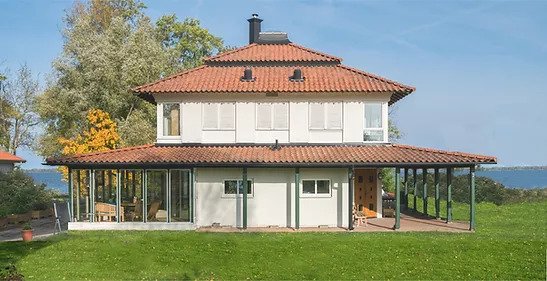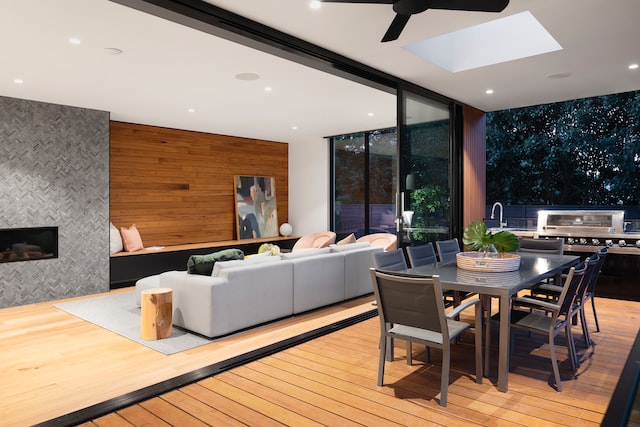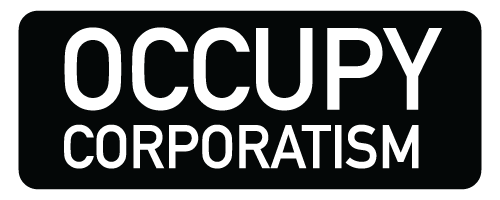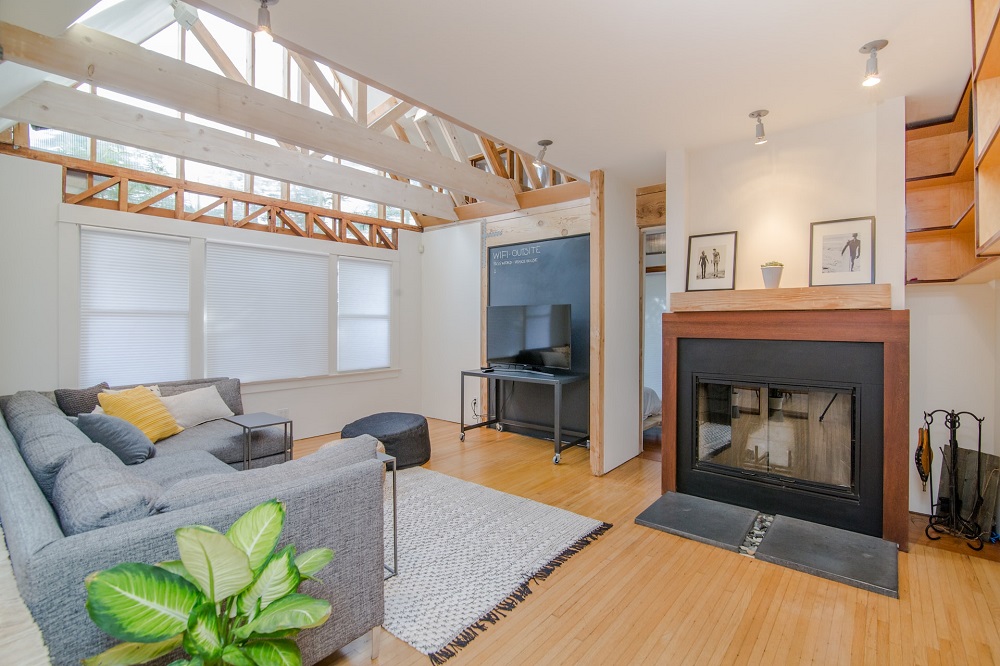Energy efficiency is at the forefront of net-zero carbon emission goals. With the global community scrambling to address the effects of climate change, more and more homeowners are also turning to sustainable homes.
What is a Sustainable Home?
Environment-friendly home, energy-efficient home, and sustainable home – these are just a few terms that have become popular in recent years.
A sustainable home is a home that regulates energy consumption, reduces carbon footprints, minimizes maintenance, practices reuse and recycling, fosters simple yet efficient living, and promotes good quality of life.
Features of a Sustainable Home
If you are looking to own a new home, going sustainable is the practical way to go. Renovating your existing home for sustainability is also a good move.
What are some considerations when designing a sustainable home?
Energy Efficient Design

Your sustainable home should be in a strategic position for optimal sunlight and ventilation. Coupled with a number of energy-efficient solutions, you can significantly reduce your electric bills all throughout the year.
Your home’s lifespan should be a model of sustainability. Its foundation and architecture should be durable, long-lasting, well-insulated, and flexible.
There are many construction materials available for use in sustainable homes. For example, houses made of concrete, timber, steel, wood, and bamboo are common. Innovative products that are made from recycled materials are also popular material choices.
An environment-friendly house should have good ventilation and insulation. In-slab heating, insulated outlets and pipes, proper HVAC system, floor and wall insulation, etc. are good starting points to be more energy efficient.
Use the sun’s full potential for energy. Harnessing power through solar panels is cost-effective and environment-friendly. Aside from this, there is a passive solar setup wherein the windows absorb heat, which can be used later on to keep the house warm.
Water Management and Conservation
Water treatment and recycling are other features of an environment-friendly home. Water fixtures should have at least a 3-star rating to conserve water. For example, a dual flush toilet and a low-flow showerhead lower water consumption by a substantial amount.
Smart Appliances and Lighting

Smart appliances and smart lighting systems are part and parcel of a sustainable home. Smart appliances are convenient, cost-effective, and energy efficient. The same for smart lighting systems that can be programmed to turn on only when light is needed.
Benefits of a Sustainable Home
Aside from contributing to the global community’s goal of zero carbon footprints by 2050, owning a sustainable home comes with a host of benefits:
- Better quality of living
- Better air quality indoors
- A more durable home
- Less maintenance work needed
- Low operation costs
Another significant benefit of buying a sustainable home or even renovating your existing home to be more energy efficient is the tax savings and incentives you will receive from the government. In countries such as the United States and Australia, several incentive programs are granted to homeowners who want to own an eco-friendly home.
While there are many challenges to turning sustainable home ideas into a reality, it is not impossible. Talk to an architect who specializes in designing sustainable homes so you can get a better idea of how to go about getting an eco-friendly home.











